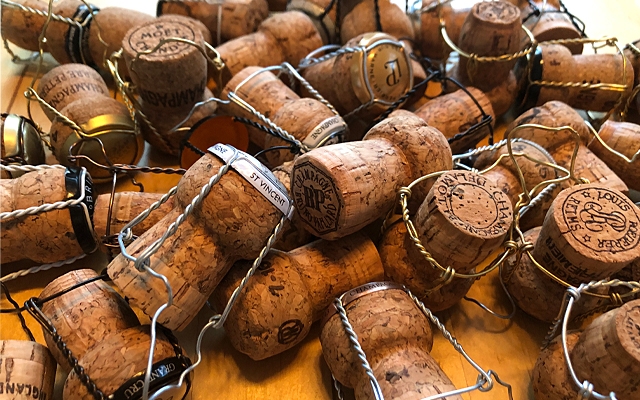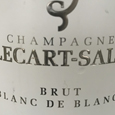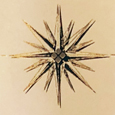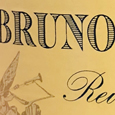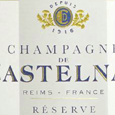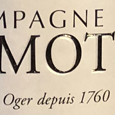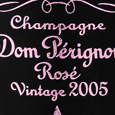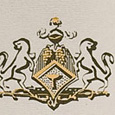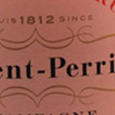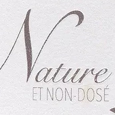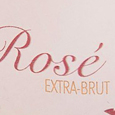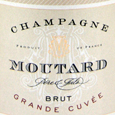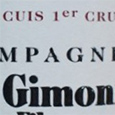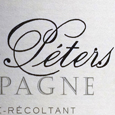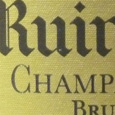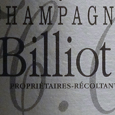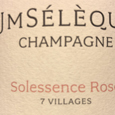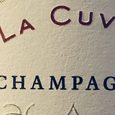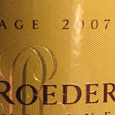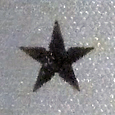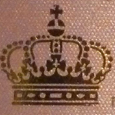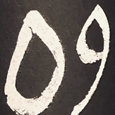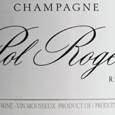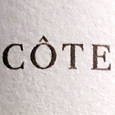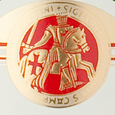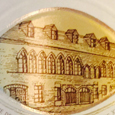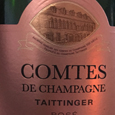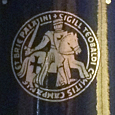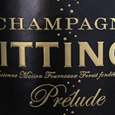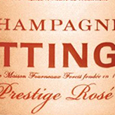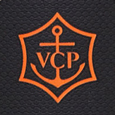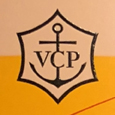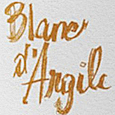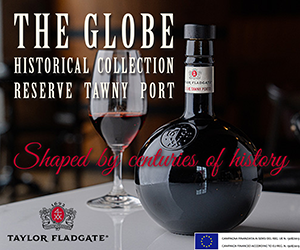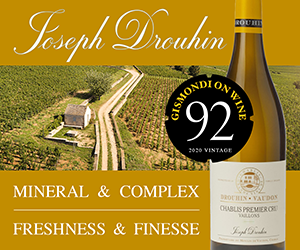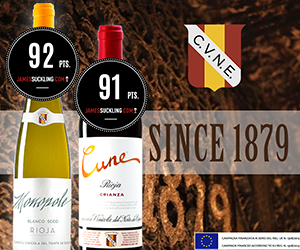Though Champagne has been made for hundreds of years in some form or another, it's really only been in the past decade that we've seen a marked emergence of non-dosé, brut nature, and low-to-zéro dosage styles.
Dosage, also known as liqueur d’expédition, is the final dose added to the wine, a mixture of wine and sweet sugary liquid that is meant to offset and balance the wine's acidity. That base acidity, and the dosage decided to balance it out, results in the Champagne's final, offical, style. The most popular style of Champagne today is brut, which has up to 12 grams of residual sugar per liter. You'll see that in our notes as xx g/L RS. The next driest tier is extra brut, up to a maximum of 6 g/L RS. Wines with 3 g/L or less are called brut nature, brut zéro, non-dosé, or low- or no-dosage.
Lest you think this is entirely radical, as oft in the world of winemaking, it's been done before. In 1889, Mathilde Emilie Perrier of Laurent-Perrier debuted a zero dosage Champagne called Grand Vin sans Sucre, a shocker back in the era when demi-sec and doux Champagnes were the rage. Though sans Sucre was ceased in the early 20th century, the house revived the tradition with Ultra Brut, released in the early 1980s.
The swing towards low or no dosage Champagnes mirrors the proliferation and popularization of grower Champagnes, and the trend towards authenticity and truth in all wines. As in table wines, sugar can mask flaws and, literally, sugarcoat rough edges. A spoonful of sugar helps the medicine (aka high acid alcohol) go down, non? By removing the sugar, winemakers are making a real decision to strip down their wine to the barest essentials, a gutsy move when we're considering Champagne is a wine typically more about house style than place. With the rise of these grower Champagnes of place, people, and time, often single vineyard expressions as well, the move towards low-intervention viti and vini naturally followed. The rise of site-specific, vintage-variant Champagnes, like Domaine Jacques Selosse was pioneering in the 1980s, paved the way for these wines of greater transparancy.
Champagne Tarlant was an early mordern-era adopter of the sugar-free style, experimenting and debuting a zéro dosé wine in the 1970s aptly named Zero. It resonated so much with the family house that they gradually shaved off nearly all dosage, and moved all of their Champagnes to low and zéro styles. According to Melanie Tarlant, “The idea is to create Champagnes which reflect our terroir. Dosage interferes with that message." She goes on to debate the popular notion that the style is all a passing trend. "The idea was not to make a Brut Nature so much as to have a Champagne that does not need dosage.”
Unsurprisingly, non-dosé Champagnes also have their detractors. A well-known Champagne expert recently told me bluntly "No dosage, no sulphur, no future" when I queried about the rise in these types of Champagnes. The sentiment was intended to reflect on the wines' agability, as well as its saleability short term, at least outside of the somm-centric markets. Of course, these low / zéro dosé wines make up a tiny fraction of the tsunami of Champagnes produced annually, at only an estimated 1.3 percent. When I see the large houses ever lowering their NV dosages though, a move like shifting an oceanliner in that aforementioned tsunami, I have to wonder just how much something as fickle as trend has to do with it.
It may be out of everyone's hands over the next few decades, and sqaurely within Mother Nature's clasp. Climate change is gradually warming the Champagne region, with rising degrees lessening the grape's raging acidity at harvest. If wineries will be doing nothing other than maintaining their current brut house style over the next decades, I reckon dosage would be dropping along with the acid to keep par.
Regardless, the most important factor when you're purchasing Champagne today should be the taste. If you're a fan of lean, crisp, high-acid wines, be them white, red, rosé, orange, tawny or brown, you'll enjoy these wines. Being an acid-freak, I gravitate towards these styles, especially when sipping solo, or with small plates like oysters or salted bites. In pairing, treat them like you would any other lighter wine, or look for examples with extended time on lees or wood for providing that cushion to match fuller-bodied fare.
There are a number of low and non-dosé Champagnes in the 40+ wines below, all tasted at GOW in 2018 and in alphabetical order. Though we release this at the end of every year, we certainly do not advocate drinking Champagne only around celebrations and holidays. Champagne makes any occasion a special one, and every day is too precious not to be special.
*See here for 80+ sparkling wines outside of Champagne that we tasted this year at GOW.
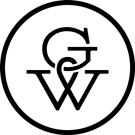
 quicksearch
quicksearch

